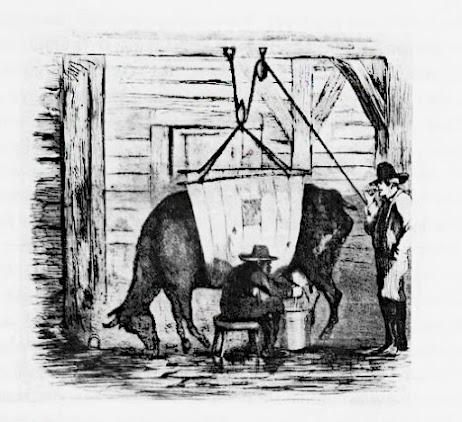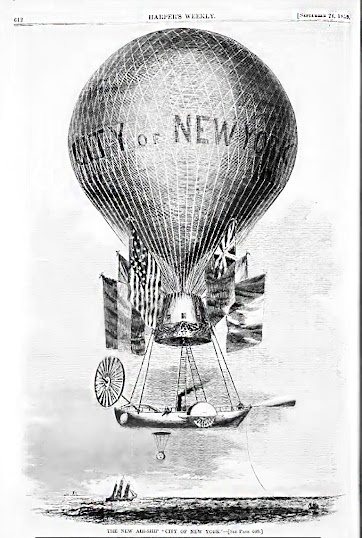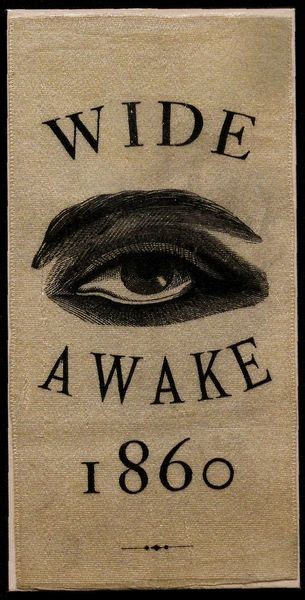Swill Milk Kills
SWILL MILK KILLS
In May 1858, Frank Leslie’s Illustrated Weekly Newspaper,
Harper Weekly’s major competitor, ran an early example of investigative
reporting. Many whiskey distilleries had a side
business –dairy farming. Well, not
farming exactly unless you consider examples such as Johnson’s Whiskey Distillery
on West 16th St with three long barns housing 2,000 cows in narrow
stalls fed nothing but Johnson’s used up barley and corn mash. Heated scalding hot, it was sluiced into the
troughs in front of the captive cows.
The stalls were not cleaned, so the cows had to lie down in their own manure and urine. When they stood up twice a day to be milked, the udders were not cleaned and neither were the milkers’ hands.
Left to stand, “swill milk,” as it was called, formed a thin brown scum along the bottom of the unwashed pails. Chalk, and chemicals to keep it “fresh” longer were added along with an egg to make it yellow and a little bit of molasses for sweetener before it was diluted one fourth by river water from the Hudson River near where run off washed down from the barns after a heavy rain.
Half stoned from whiskey mash and covered with sores on their udders there were a number of dead cows every day for local tanneries and butchers to buy for two or three dollars each. The hides were generally more profitable than the meat which some butchers sold to poor immigrants.
Finally processed, the “milk”
was sent forth in hundreds of wagons emblazoned with slogans such as, “farm
fresh, healthy and pure from Orange & Newcastle Counties” to be sold for four or five cents a quart.
The milk killed an estimated
8,000 infants in New York City every year.
The average New Yorker assumed the milk came from farms
north of town—unless they lived within a mile of Johnson’s distillery, or any
of a number of other distilleries in New York City in which case, to mix a metaphor,
the smell could be deafening.
Understandably, the magazine reporting raised an outraged
outcry demanding an investigation by the New York City Board of Health.
But the outraged and injured did not count on industry
tactics that would be used a bit over a century later by the tobacco companies
and coal and oil companies—buy some politicians; buy some scientists; issue
contradictory “scientific studies,” threaten lawsuits and just out and out
stone wall and lie.
The Board of Health was chaired by Alderman
All members of the Board of Health went to investigate Johnson’s
operation. It was somewhat cleaned up
the day the board showed up, Johnson having been forewarned by Tuomey. The Board’s entrance was delayed
when several members became overwhelmed by the stench and nearly vomited or
passed out. Inside it was worse.
Early laws
and regulations to create safer milk were blunted by the primitive state of
sanitation science and the unbridled corruption of the Gilded Age officials. Swill
milk was produced and sold until 1894 when a wealthy New Yorker set up centers
around the city which guaranteed safe whole milk daily.







Comments
Post a Comment